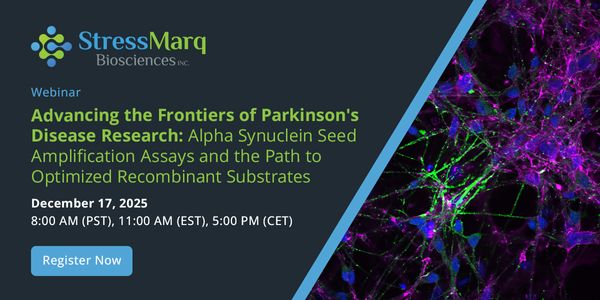
WEBINAR: High content imaging and analysis for drug discovery: phenotypic assays, instrumentation and software
-
Nicholas Dolman, Ph.D.
Senior Staff Scientist, Biosciences Division, Thermo Fisher ScientificBIOGRAPHY
EVENT DETAILS:
DATE: June 13, 2017
TIME: 9:00am PT, 12:00pm ET
Thermo Fisher Scientific is proud to present the SyncD3 webinar series. As a thought-leader in science our first commitment is to you the scientist and partnering to drive the conversation on current practices, standards and the development of innovation.
Join us for our continuation of the SyncD3 webinar series and virtual event, where we will discuss cutting-edge tools and topics in the field(s) of Drug Discovery & Development such as:
- HCS/Phenotypic Assays
- Functional Genomics & Drug Metabolism
- 3D models/Organoids
- Diseased models
- CRISPR
- Stem Cells
We will discuss where these areas intersect and impact drug discovery and development and the future of the industry during a live panel discussion with our presenters and you the audience. Learn from real field scientists and researchers who are working in the ADME/Tox and Drug Discovery fields and bring your questions for the open forum Q&A session after our presentations.
If you cannot make the live presentation you are always capable of accessing the recorded information, presentations and Q&A any time after the event by registering here.
High content imaging and analysis for drug discovery: phenotypic assays, instrumentation and software
High content imaging and analysis offers a robust, high throughput analysis of large numbers of cells with the benefit of the spatial and temporal demarcation afforded by fluorescence microscopy. This seminar will provide an overview of high content imaging platforms, the fluorescent labels required to automate the segmentation of cells and their subcellular domains as well as newly developed fluorescent assays from Thermo Fisher Scientific with an emphasis on those that provide an indication of cell viability, mechanisms of cell death, proliferation as well as the plethora of reagents that can be used to indicate pre-lethal toxicity. Newly developed phenotypic assays, in particular those used to profile CRISPR-Cas9 edited cells will be discussed. Novel probes and labeling approaches to report internalization of ligands and therapeutic antibodies will also be presented with reference to high content imaging.
WEBINAR: High content imaging and analysis for drug discovery: phenotypic assays, instrumentation and software
Please update your information
Certificate of Participation
DOWNLOAD CERTIFICATE






